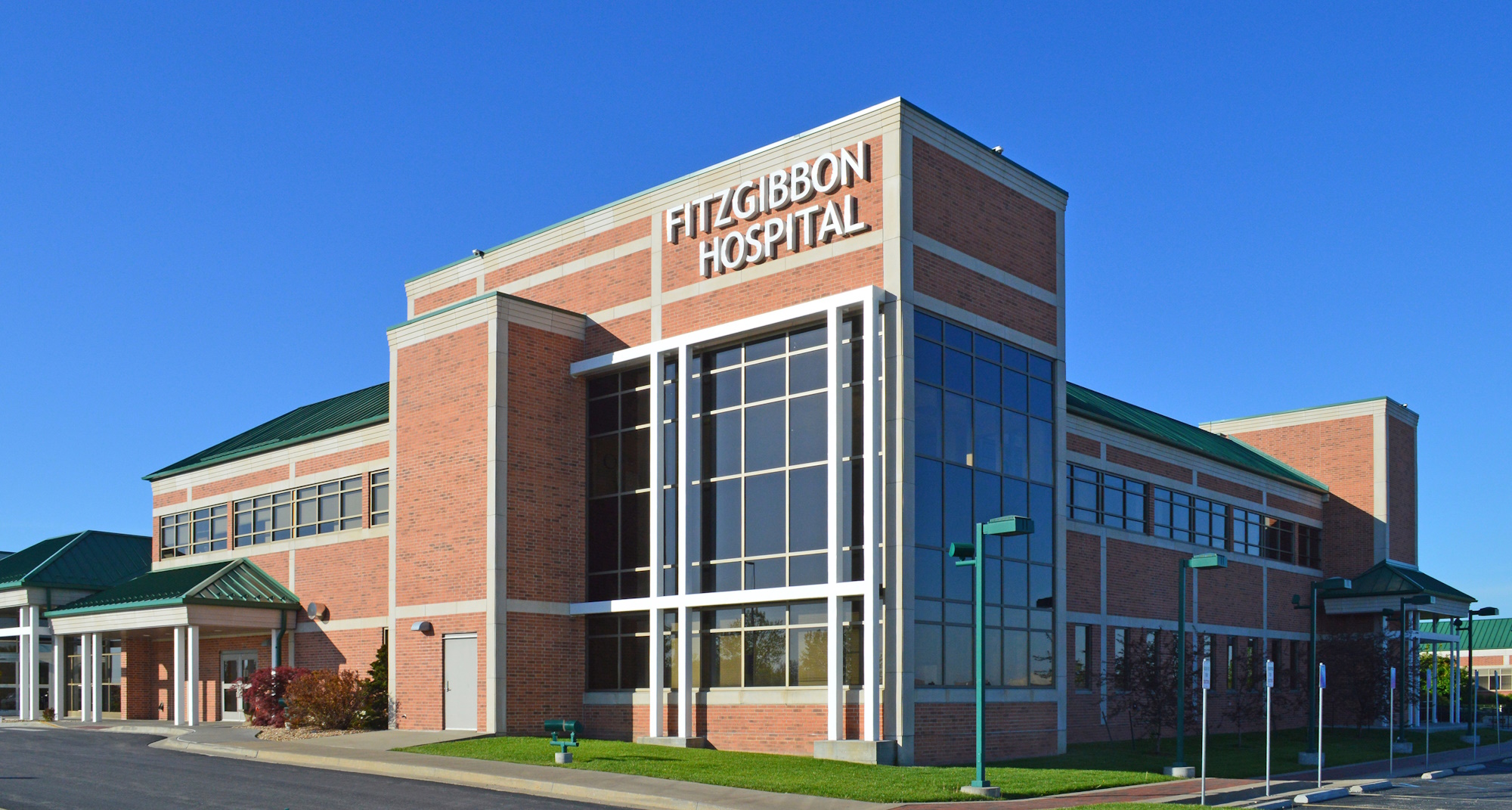Hodgkins Disease
What is Hodgkins Disease?
Hodgkin disease or Hodgkin lymphoma is a type of lymphoma. There are two kinds of lymphoma: Hodgkin disease and non-Hodgkin lymphoma. Because lymph tissue is found in many parts of the body, Hodgkin disease can start almost anywhere. Most often it starts in lymph nodes in the upper part of the body (in the chest, neck, or under the arms). This disease causes the lymph nodes to swell and press on nearby structures. But lymph nodes can become swollen for many reasons, such as when the body is fighting an infection. Hodgkin disease can spread through the lymph vessels in a stepwise fashion from lymph node to lymph node. Rarely, and late in the disease, the cancer gets into the blood vessels and can then spread to almost any other place in the body. The cancer cells in Hodgkin disease are unique. They are called Reed-Sternberg cells (or Hodgkin cells). They are an abnormal type of B lymphocyte that is much larger than normal lymphocytes.
Risk Factors for Hodgkins Disease
We do not yet know exactly what causes Hodgkin disease, but we do know that certain risk factors are linked to the disease. Scientists have found a few risk factors that may make a person more likely to get Hodgkin disease, although it's not always clear why these factors increase risk. These include:
Epstein Barr Virus: There is a higher risk of Hodgkin disease in people who have had "mono" (infectious mononucleosis), caused by the Epstein-Barr virus. While the risk is higher in people who have had this disease, the overall risk is still very small.
Age: Hodgkin disease is most common in early adulthood (age 15 to 40, especially in a person's 20s) and in late adulthood (after age 55).
Gender: Hodgkin disease occurs slightly more often in males than in females.
Geography: Hodgkin disease is most common in the United States , Canada , and northern Europe, and least common in Asian countries.
Family History: There is a higher risk for Hodgkin disease in brothers and sisters of young people with this disease. The risk is very high for an identical twin of a person with Hodgkin disease.
Can Hodgkins Disease be prevented?
Since we do not know what causes Hodgkin disease, it is not possible at this time to prevent the disease.
Signs and Symptoms
There are no tests to find Hodgkin disease early, and some people with the disease have no symptoms at all. Most people with Hodgkin disease see a doctor because they have felt a lump that hasn't gone away or they just don't feel well and go in for a check-up. They may have a swollen lymph node in the neck, arm pit or groin area. Sometimes it will go away only to come back. But in most people, especially children, enlarged lymph nodes are caused by an infection or other illness -- not cancer. Still, if you (or your child) have lymph nodes over an inch in size and no recent infection, it is best to have them checked by the doctor. You or your child can have Hodgkin disease and feel perfectly well. But there are some symptoms that this disease may cause, including: lumps under the skin, fever (which may come and go over several days or weeks), drenching night sweats, weight loss when you were not trying to lose weight, cough or trouble breathing, itching, tiredness, and poor appetite are other symptoms that may occur. Sometimes the only symptom may be feeling tired all the time.
Test to Find Hodgkins Disease
If symptoms suggest that you might have Hodgkin disease, the doctor will ask you questions about your health, including how long you have had the symptoms, and to do a physical exam to see whether there is an infection. During the exam, the doctor will pay special attention to the lymph nodes. If the doctor thinks that Hodgkin disease might be causing the symptoms, he or she will want to do a biopsy. Because swollen lymph nodes are more often caused by infections rather than by Hodgkin disease, doctors often wait a few weeks to see if they stay swollen. Sometimes they give an antibiotic to see if it causes the nodes to shrink. If not, a biopsy will be done. There are different types of biopsies that can be performed including excisional or incisional biopsy, Needle biopsy or Bone marrow aspiration and biopsy. Lab tests can also be done to help detect Hodgkin’s disease. A doctor (called a pathologist) with special training in blood and lymph tissue disease looks at all biopsy samples under a microscope. The doctor checks how they look, as well as the size and shape of the cells to find out whether any of them are Reed-Sternberg cells. Sometimes the first biopsy does not give a clear answer and more biopsies are needed. Looking at the tissue under the microscope can often tell whether you have Hodgkin disease and what type it is, but sometimes special stains and tests are used on the sample to get more information. Your doctor may talk about these tests using names like flow cytometry, FISH, or PCR.
Treatment for Hodgkins Disease
In recent years, much progress has been made in treating Hodgkin disease. Most people can be cured with chemotherapy and radiation therapy. Treatment is based on the stage and type of the disease, but a person's age, overall health, and other factors are taken into account as well. After Hodgkin disease is staged, the doctor will discuss treatment choices with you. For nearly all people with Hodgkin disease, complete cure is the main goal. The two main methods of treating Hodgkin disease are chemo and radiation. Sometimes both treatments are used. the most part, surgery (except for biopsy and staging) is not part of the treatment of Hodgkin disease.


